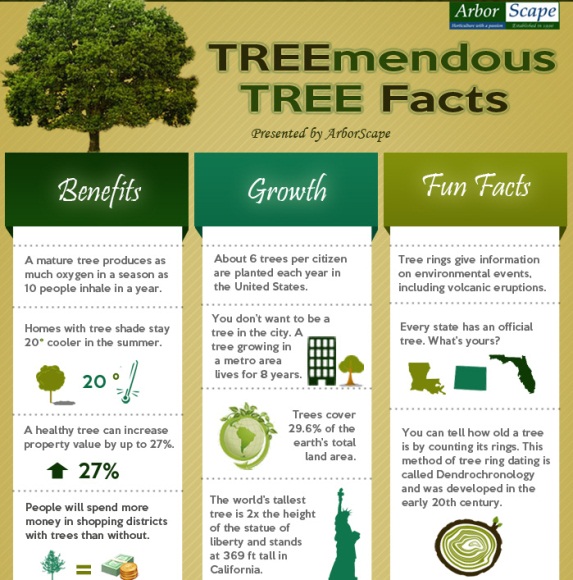Try To Find Vital Indicators That Indicate Your Tree May Be Harmful; Knowing These Can Protect Your Property And Enjoyed Ones. What Should You Watch For Next?
Try To Find Vital Indicators That Indicate Your Tree May Be Harmful; Knowing These Can Protect Your Property And Enjoyed Ones. What Should You Watch For Next?
Blog Article
Created By-Harrell Skovsgaard
When it pertains to tree care, acknowledging the signs that it's time for removal is vital for your safety and security and building. You may discover blemished leaves, wilting branches, or weird fungal growths showing health issue. Architectural issues, like a considerable lean or splits in the trunk, can also pose dangers. Recognizing these warning signs can help you make informed choices concerning your trees and avoid possible dangers prowling in your lawn. What should you search for next?
Indicators of Decay and Disease
When you observe signs of degeneration and disease in your trees, it's critical to act quickly. Search for blemished leaves, wilting branches, or unusual growths like fungus. These can indicate that your tree is struggling.
If you see splits in the bark or soft, mushy wood, these signs and symptoms suggest inner degeneration. Additionally, an unexpected rise in insects around your tree can indicate that it's compromised and prone.
Look for any dead or passing away arm or legs, as they position a risk to your building and security. If you doubt regarding what you see, consulting an arborist can supply clearness.
Attending to these signs early can conserve you from much more substantial damages and ensure the wellness of your backyard. Do not wait up until What To Do With Stump Grinding Debris 's too late.
Structural Instability and Leaning
As you observe your trees, keep an eye out for any type of indicators of architectural instability or leaning. If a tree leans considerably, it might suggest that the root system is compromised.
Try to find any type of splits in the trunk or dirt around the base; these can signify potential failing. Additionally, check for unusual development patterns, like an unbalanced crown, which may recommend that the tree is struggling to hold itself upright.
If you observe that the tree favors your home, high-voltage line, or various other structures, it positions a greater risk. Do not ignore these signs-- consult an arborist to analyze the scenario.
Doing something about it early can avoid pricey damages and ensure your security.
Dead or Dying Branches and Vegetation
If you notice dead or dying branches and foliage on your tree, it's a clear sign that something's wrong.
These harmful locations can show underlying issues like disease, bug infestations, or ecological stress and anxiety. When branches shed their leaves or turn brownish, they're no more adding to the tree's wellness. Ignoring these indicators might lead to more decline, making your tree a lot more unsafe.
Dead branches can easily break short during tornados, posturing a threat to building and people close by. It's vital to evaluate the degree of the damages.
If Small Stump Grinding affects a substantial part of the tree, consider seeking advice from a professional. They can aid establish if removal is essential to guarantee security and keep the elegance of your landscape.
Conclusion
If you notice any signs of degeneration, structural instability, or dead branches on your trees, don't disregard them. These indications can present serious security risks to you and your residential property. simply click the up coming post 's always best to get in touch with an expert arborist who can offer an expert assessment of your trees. Taking action early can stop accidents and costly damages, ensuring your landscape remains safe and healthy and balanced. Keep in mind, it's much better to be proactive regarding tree treatment than to wait for a catastrophe to take place.
